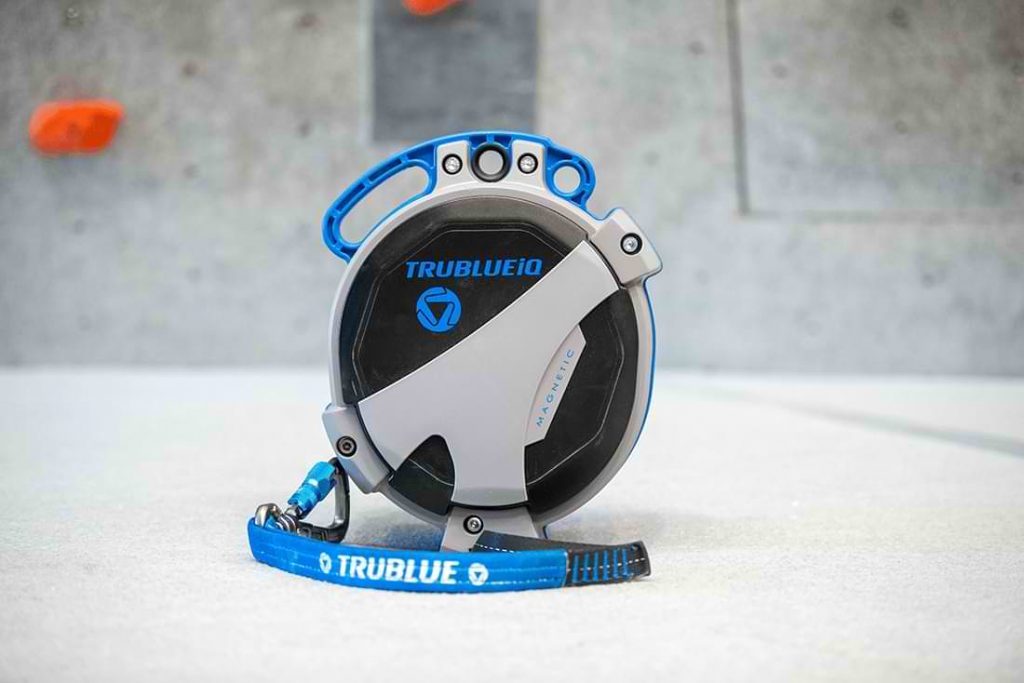We are incredibly fortunate to be living in this day and age. Could you imagine living back when you were bragging that your oldest relative lived to the ancient age of 30? If it weren't for our ancestors we wouldn't be here today. We get to stand on the shoulders of generations of hard working, intelligent people, intent on changing the world. Now we live in an era with smart phones, tablets, smart watches, the ability to stream your favorite TV show anytime, cars that drive themselves, and most importantly gluten free pancakes! Not surprisingly, innovation in the last century hasn't only been limited to Apple products and breakfast foods. Amusement ride technology has changed immensely and there have been a few key trend setters steering the industry. Lets take a look back at some prominent amusement ride trail blazers over the past 114 years.
1901 - The Loop-the-Loop Roller Coaster Opens at Coney Island
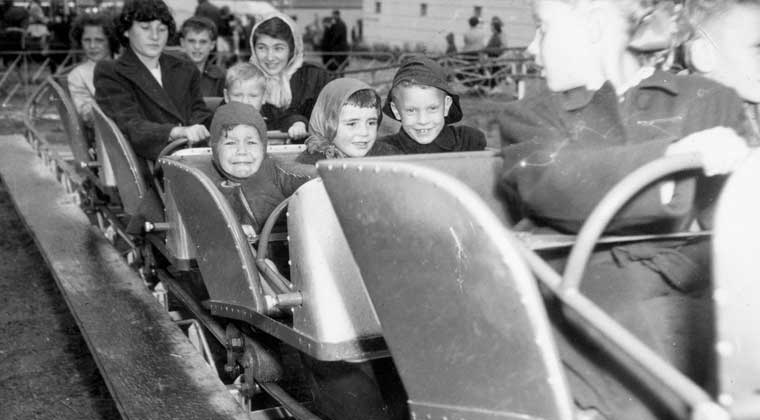
The Loop-the-Loop was the first amusement ride to use an elliptical loop, which is now the standard modern day loop. This innovation significantly decreased the g-forces felt by riders. All amusement rides before this one used the antiquated circular loop. The circular loop was extremely dangerous and caused many injuries. The Flip Flap Railway in Boston's Sea Lion Park featured a circular loop that had a reputation for snapping necks due to the 12 g's that it placed on riders. If you are a physics nerd and want to learn more about modern clothoid loops, this Gizmodo article does a great job of explaining Why Roller Coaster Loops are Never Circular. Although the Loop-the-Loop at Coney Island was much safer than its predecessors, it was still uncomfortable and intimidating. For this reason, more people wanted to watch the roller coaster rather than ride it. The majority of the revenue that the Loop-the-Loop collected came from spectators paying to watch the amusement ride from an observation deck. The Loop-the-Loop eventually went out of business in 1910 due to low throughput. The next clothoid loop roller coaster would not be built for another 67 years, but Coney Island's Loop-the-Loop paved the way for the modern day amusement rides we know and love.
1963 - The Enchanted Tiki Room Opens at Disneyland

People have been toying with animatronics for hundreds of year, (pun definitely intended). Leonardo da Vinci built the Automata Lion in 1550. His lion could walk across the room and turn its head. It was truly a marvel of its time. Since then technology has progressed significantly. Disney was the first person to use synchronized audio and animatronic movement in an amusement parks show. The Jungle Cruise ride actually opened before the Enchanted Tiki Room, but the Jungle Cruise did not have the same level of sophistication. The animals in the cruise were limited by technology and their movements looked entirely robotic. The Enchanted Tiki Room took animatronics to the next level. Back in 1963 these witty birds were the forefront of amusement technology. The Enchanted Tiki Room was so technologically advanced that it was the first building in the park to have air conditioning. Imagineering the Enchanted Tiki Room was no easy task. Thanks to Walt Disney's vision, drive and ability to motivate his Imagineers, audio-animatronics are now commonplace in today's amusement rides.
1964 - Great Moments with Abraham Lincoln Opens at Disneyland
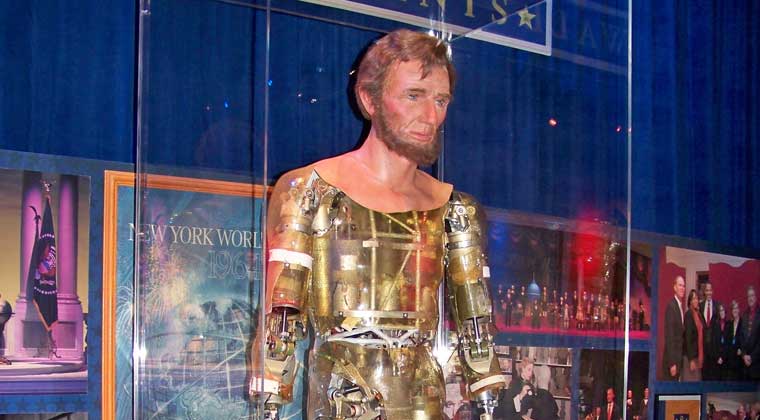
Disney didn't stop with animatronic birds. A year later Disney unveiled his animatronic Abraham Lincoln at the New York World's Fair. Lincoln was the first ever audio-animatronic human. After a stint at the World's Fair, Lincoln found a new home at Disneyland. Lincoln would pave the way for the Hall of Presidents attraction as well as other animatronics based amusement rides like Pirates of the Caribbean, Indiana Jones and many more. Disney recently added Barrack Obama to the hall of presidents. During the show Obama takes the presidential oath and gives a speech all complete with eerily realistic movements. The newest model can individually move its fingers and express emotions with facial features. The first animatronic Lincoln was a bit more limited but he was still able to stand up from a chair speak and gesture to the audience. We're not sure when robots will finally overthrow the human race but when the time comes we can definitely blame Disney for giving them the sophisticated mobility and reasoning skills they needed to eventually succeed. Take a look at this video one of Disney's modern Audio-Animatronics named Otto that proves the revolution is near. Otto can scan participant's faces and determine if they are smiling or not he can also understand participant's questions and answers. Otto does this all autonomously without the help of a human guiding his responses. If I were you I would start being nicer to your household appliances with built in “smart" technology. Hear me now, thank me later.
1968 - The Corkscrew Roller Coaster Opened at Knott's Berry Farm in California
This amusement ride was the first roller coaster of any kind to invert riders twice. The Corkscrew launched the industry into a new era of amusement rides. This roller coaster gave amusement enthusiasts a glimpse at what was now possible. The arms race had begun. Every few years a new roller coaster would open boasting that it now had the most inversions of any amusement ride in the world. The title of world most inversions was always short-lived. At the time this article was written The Smiler at Alton Towers in the United Kingdom held the record with 14 inversions!
1976 - The Revolution Opened at Magic Mountain
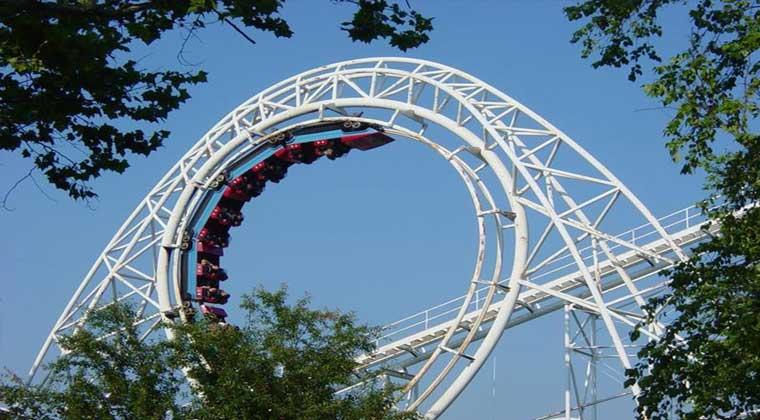
The Revolution was the first roller coaster since the Loop-the-Loop at Coney Island to employ the use of a clothoid loop. The Revolution was much more successful than the Loop-the-Loop at Coney Island. Due to improvements in amusement technology, The Revolution was much more comfortable and had a higher throughput. Over the years The Revolution has become a contemporary amusement ride icon. The ride was featured in numerous movies during the late 70's. You might recognize the ride if you've ever watched National Lampoon's Vacation with Chevy Chase. Chase's character takes a security guard hostage in order to ride the roller coaster at the end of the movie. The prominence of the ride on the big screen may have played a part in how quickly looping roller coasters caught on. When the revolution first opened it was a bold, unique attraction. Thanks to this trend setting amusement ride inverted loops have become stereotypical occurrences in today's amusement rides.
1987 - Mount Thebarton Opens the World's First Indoor Ski Slope

You may have first heard of indoor skiing when you were googling the crazy attractions available in Dubai, but the Australians did it first. There had been other dry ski slopes built with artificial materials mimicking snow. Mount Thebarton was the first to create an artificial skiing slope made with real snow. During this time ski resorts were making great advancements in snow making technology and climate control. It was only a matter of time before someone was crazy enough to try to do it inside. The indoor ski slope brought snow to an area where it was impossible before. Mount Thebarton is in Adelaide Australia which can be described as having a Mediterranean climate. The record low in Adelaide is 31.3 degrees Fahrenheit. Mount Thebarton Snow and Ice is now called IceArenA and no longer has an indoor ski slope. If you're set on skiing real snow in the desert you're going to have to go to Dubai after all.
2001 - Soarin' Over California Opens at California Adventure
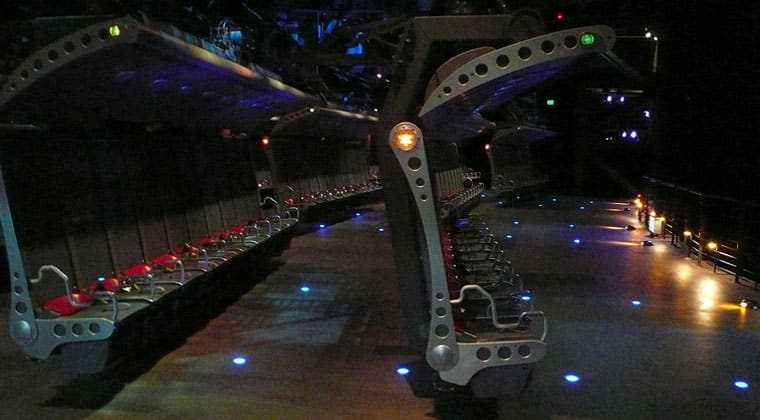
There is a reason Disney is on this list so many times. Soarin' Over California is a perfect example of how Disney strives to control every aspect of the user experience. This amusement ride simulates a hang glider flying across scenic California. The most amazing feature of the ride is how perfectly it integrates smell. At one point during the ride you can smell tangy citrus as you cruise over an orange grove. The craziest part of the ride is the fact that the smell doesn't linger one second longer than it's supposed to. The smell of ocean mist starts to fade the minute your hang glider leaves the coastline. Before Disney came along there was a long history of unsuccessful attempts to integrate smell and entertainment. If you get pleasure reading about other people's failures, The Los Angeles Times does a good job of describing the unsuccessful history of Smell-O-Vision. It only makes sense that Disney would be the first to provide quality smell-o-vision. Disney has been using smells on their amusement rides for a long time. The dank, salty ocean smell at the Pirate of the Caribbean ride, the wet wood smell on Splash Mountain, the cold dusty smell in the Haunted Mansion are all artificial smells created by Disney. Will future generations be watching their favorite show in 3-D Smell-O-Vision?
2010 - Universal Studios in Orlando Reveals Harry Potter's Infrared Wands

This attraction is almost certain to convince your 11 year old that their invitation to Hogwarts will be arriving by owl any day now. Aspiring wizards can purchase an interactive wand at any of the shops throughout the Wizarding World of Harry Potter and then practice their craft at different stations in the park. When you buy a movie replica wand it comes with a map of locations and instructions for casting each spell. Each location is marked with a bronze medallion. The wands use infrared technology to capture your wand's movement. If your swish and flick isn't spot on, the spell won't trigger. There are also hidden microphones that make sure you're saying the magic words just right. You can turn on lights, make a frog spew water and much more using spells straight out of the books and movies. One Harry Potter Enthusiast even found a way to use these special wands at home.
2015 - Head Rush Technologies Announces FlightLine
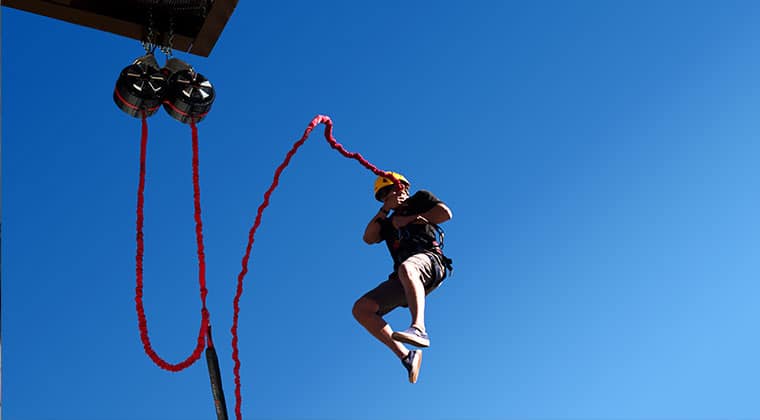
Alright it's time for another shameless plug. Seriously though, we wouldn't be including the release of the FlightLine Free Fall Device in this history of amusement innovations if we didn't think that it was going to change the industry. The FlightLine is the first free fall device to use staged braking to create that authentic weightless feel during free fall. Staged braking combined with magnetic eddy currents means that you can fall further but avoid uncomfortable shock loading and g-forces. The transition from free fall to braking is so smooth we guarantee you'll still be screaming long after you start slowing down. The main limitation with competitive free fall devices is that they have to begin braking much sooner to ensure that the rider arrives safely on the ground. This limits the authenticity of the free fall and the user's experience overall. The FlightLine is also the first modular free fall device in its class. The FlightLine can be installed on any tower or platform that meets mounting requirements. The FlightLine is easy to store in the off season, takes up minimal space and is very easy to maintain. We've also designed the FlightLine to have a higher throughput than competing systems. We're hoping that our efforts here at Head Rush inspire the next wave of innovation in the amusement industry.
Take a look at the FlightLine in action:

